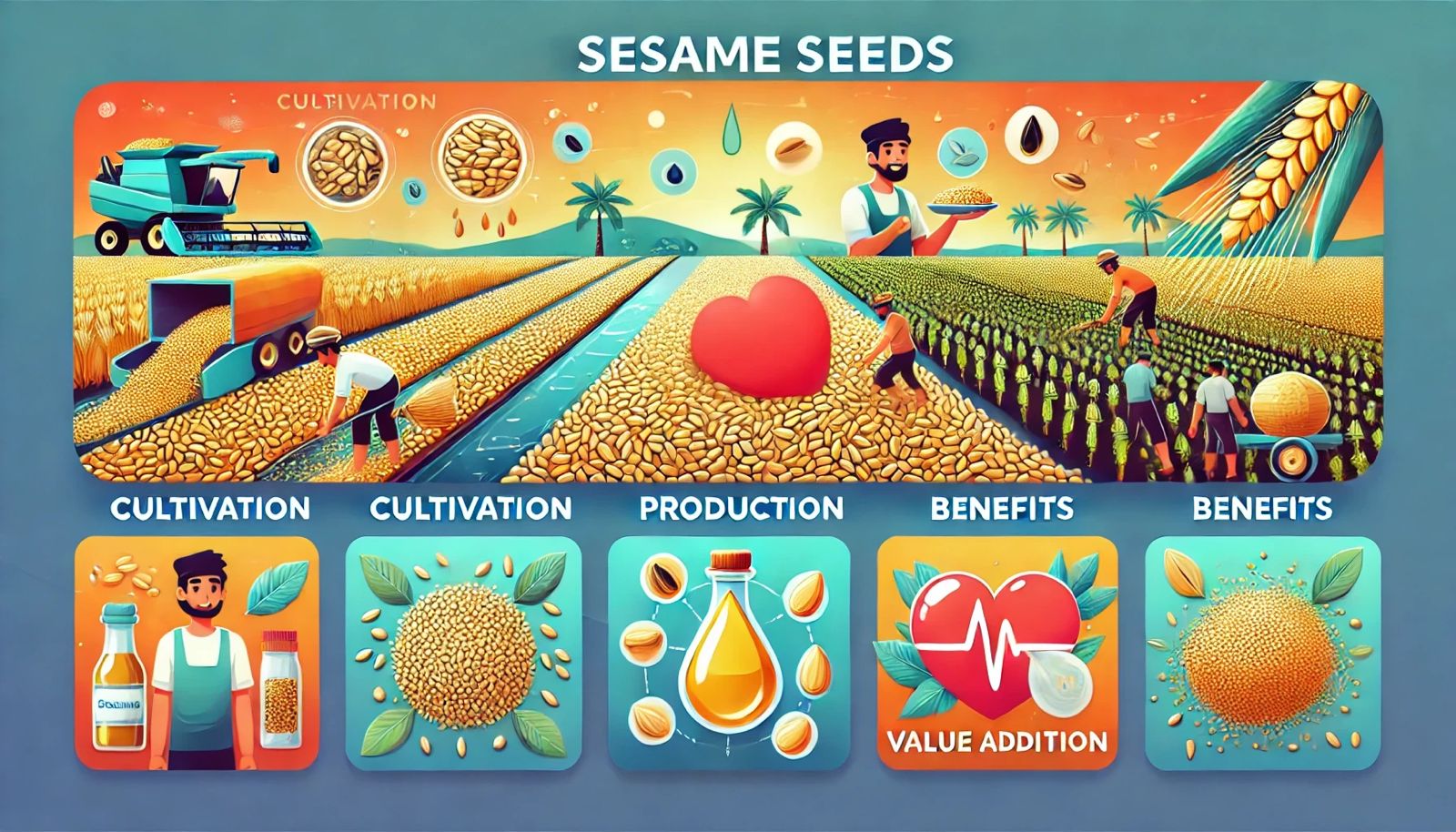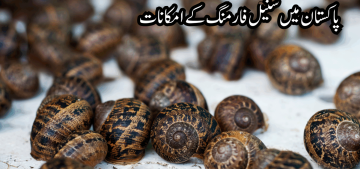Introduction
Sesame cultivation is an important agricultural activity worldwide. This article covers all aspects of sesame cultivation, production, benefits and value addition. In this article we will discuss in detail about the history of sesame seeds, important cultivation factors, yield enhancement, benefits, and value addition.
History of sesame seeds
The origin of moles
The history of sesame seeds is very old and its origin dates back to ancient civilizations. Sesame seeds were originally cultivated in Asia and then spread to other parts of the world.
Different types of moles
There are several types of moles, including white moles, black moles, and red moles. Each type of sesame has a different taste and nutritional value.
Important factors of sesame cultivation
Land preparation
Land preparation is an important step for sesame cultivation. The land is well leveled and the necessary minerals are added.
Weather and climate
Sesame cultivation requires moderate weather and suitable climate. Sesame seeds also need sunlight to grow.
Sesame seeds
Sesame seed selection is also an important factor. The seed quality should be better to get good yield.
Water requirements
Adequate water is required for the cultivation of sesame. Lack or excess of water can damage the crop.
Method of Cultivation of Sesame Seeds
Method of land preparation
The method of land preparation is to level the land and add manure to increase the fertility of the land.
How to sow seeds
The method of sowing sesame seeds is also important. The seeds are sown at a suitable depth so that they can take root well.
Use of fertilizers
The use of fertilizers also plays an important role in the cultivation of sesame. Manure increases soil fertility and increases crop yield.
Crop care
Crop care includes watering, fertilizing, and applying pesticides. Proper care of the crop leads to good yield.
Increase in production
Modern techniques
Sesame production can be increased by using modern techniques. For example, drip irrigation system and use of modern fertilizers.
Pesticides
The use of pesticides also increases yield. These medicines protect the crop from insects.
Proper harvesting
Harvesting at the right time also increases yield. Harvesting the crop on time improves its quality.
Benefits of Sesame Seeds
Nutritious
Sesame seeds are rich in nutrients. They are high in protein, vitamins, and minerals.
Medical benefits
Sesame seeds also have medicinal benefits. They help prevent heart diseases and treat anemia.
Economic benefits
Sesame cultivation also brings economic benefits to the farmers. Sesame production increases the income of farmers.
Value Addition
Oil production
Oil production from sesame seeds is an important value addition. Sesame oil is used for food and also has medicinal uses.
Other products
Other products are also made from sesame seeds, such as sesame sauce, sesame sweets, and sesame powder.
Marketing of sesame seeds
Market demand
Sesame seeds are in high demand in the market. Sesame products are in great demand in the market.
Export opportunities
Sesame exports also provide an important opportunity for farmers. Farmers get more income from exports.
FAQs
Which is the best season for sesame cultivation?
Temperate climate is best for sesame cultivation.
How much land is required for sesame cultivation?
The land requirement for sesame cultivation varies, but usually one acre is sufficient.
How many days does the sesame crop take?
The sesame crop is ready in about 90 to 120 days.
How is sesame oil produced?
Sesame oil is prepared by grinding sesame seeds and extracting their oil.
What is the best time to harvest sesame seeds?
The best time to harvest sesame seeds is when the crop is fully matured.
What are the benefits of sesame seeds?
Sesame seeds are rich in nutrients and have many medical benefits.
Conclusion
This article provides a complete guide on sesame cultivation, production, benefits, and value addition. Sesame cultivation brings economic benefits to the farmers and the use of modern techniques is necessary to increase their production. Sesame seeds are rich in nutrients and have medicinal benefits.









Recent Comments